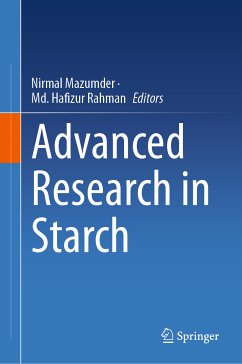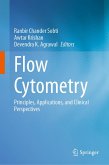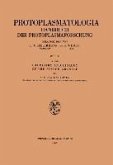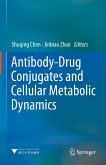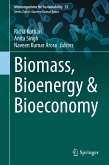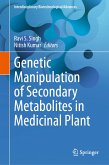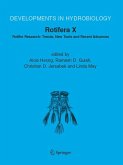This book focuses on the various invasive and non-invasive techniques which can be used for the characterization of starch macromolecules along with, the various types of physical, chemical, and enzymatic modifications of starch to enhance its usage in the food industry. It discusses various biophysical techniques, including scanning electron microscopy, Fourier transforms infrared spectroscopy, X-ray diffraction, Raman scattering, and second harmonic generation microscopy for the understanding of the Physico-chemical properties of starch. The book also sheds light on the visual, rheological characterization of different types of starches that are responsible for altered digestibility. The chapters also cover the applications of starch in food industries, non-food industries, pharmaceuticals, drug delivery systems, and green flexible electronics. Towards the end, the book reviews the chemical, physical, and enzymatic modifications of the starch for improving its properties and applications. This book provides a valuable reference for students and researchers in the field of food science and technology, food science, and nutrition.
Dieser Download kann aus rechtlichen Gründen nur mit Rechnungsadresse in A, B, BG, CY, CZ, D, DK, EW, E, FIN, F, GR, HR, H, IRL, I, LT, L, LR, M, NL, PL, P, R, S, SLO, SK ausgeliefert werden.

